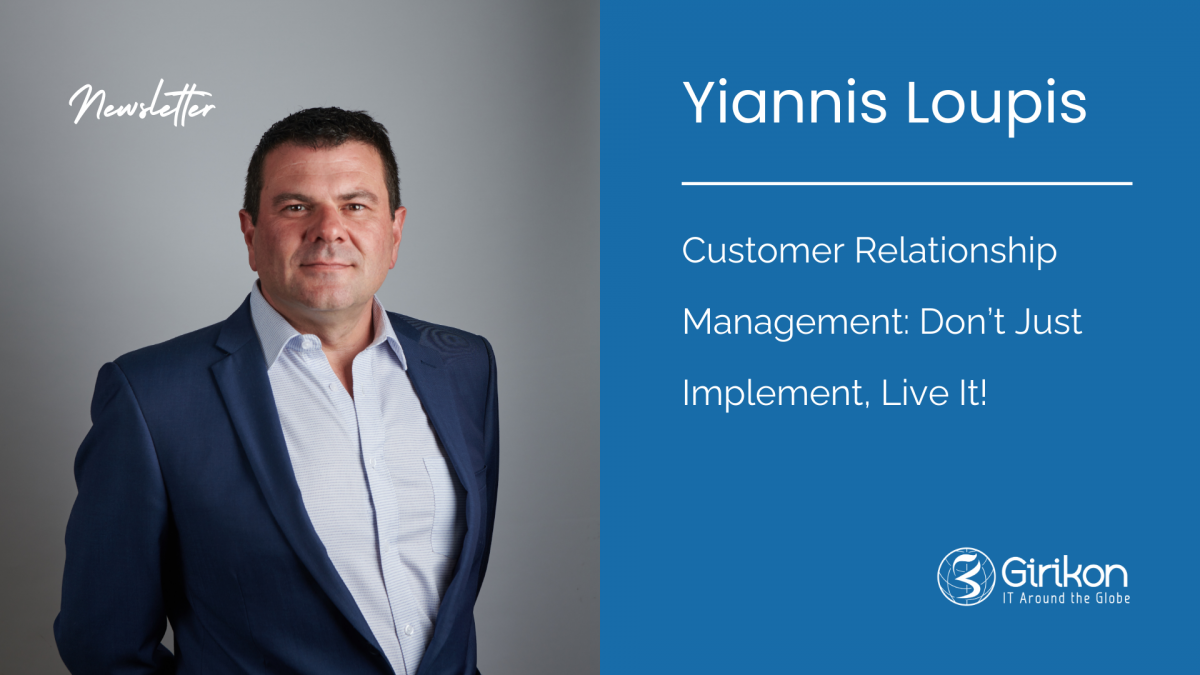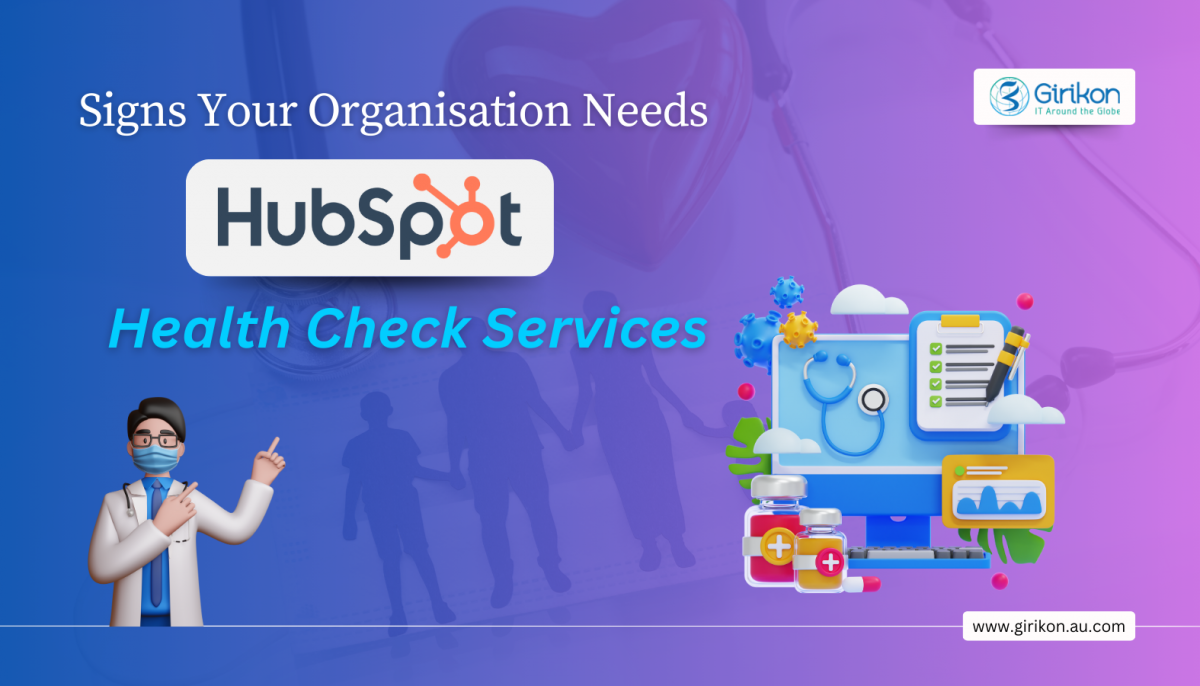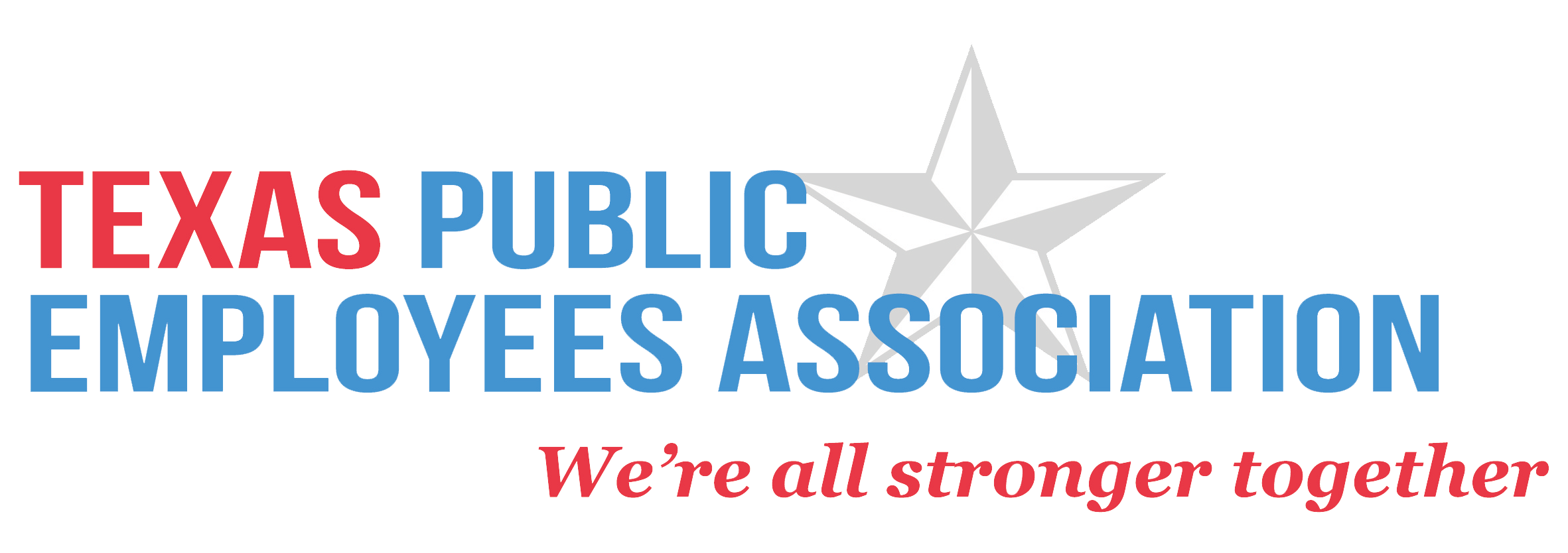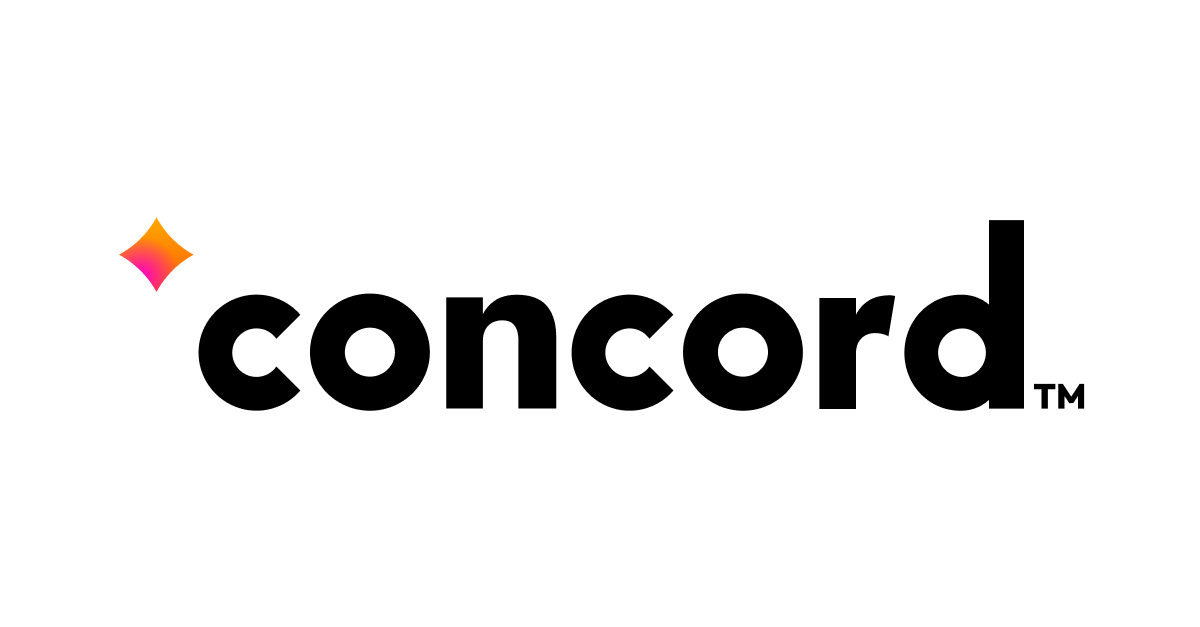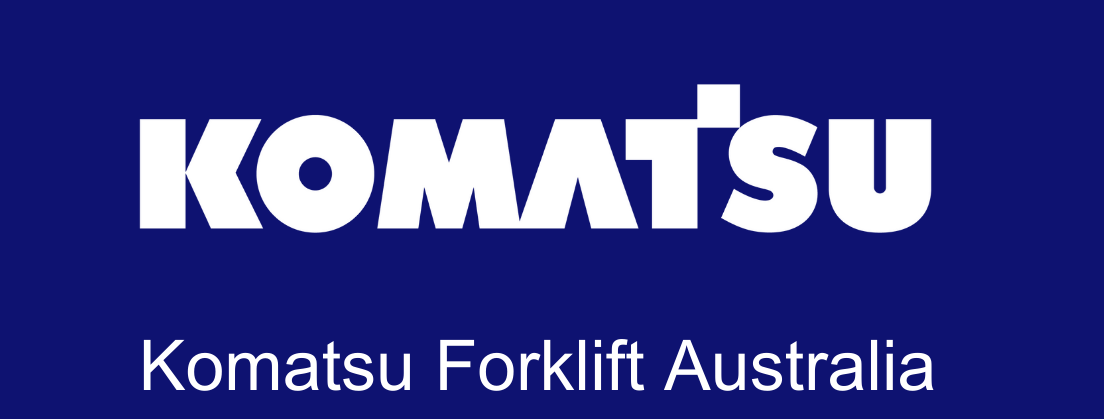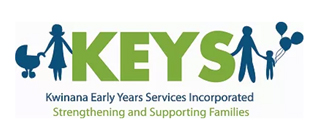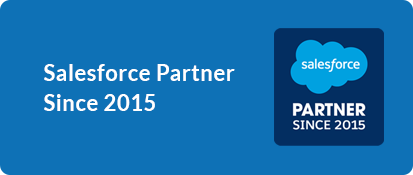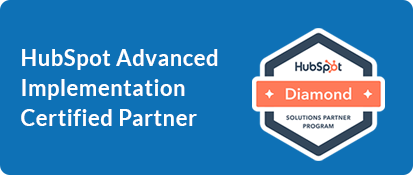Our Blogs
Table of content
- CRM Isn’t Just Tech, It’s About People, Process, And Purpose- CRM Should Enable, Not Exhaust
- CRM Strategy Is A Living Thing
- Strategy Over Complexity
“Buying and Implementing Salesforce doesn’t mean you have a CRM strategy. Just like purchasing a gym membership doesn’t mean you automatically become fit and ready for a marathon.”
The analogy sticks because it’s painfully true: a CRM tool is only as powerful as the strategy and the culture behind it. A CRM platform is only as effective as the strategic vision and organisational culture that support it.
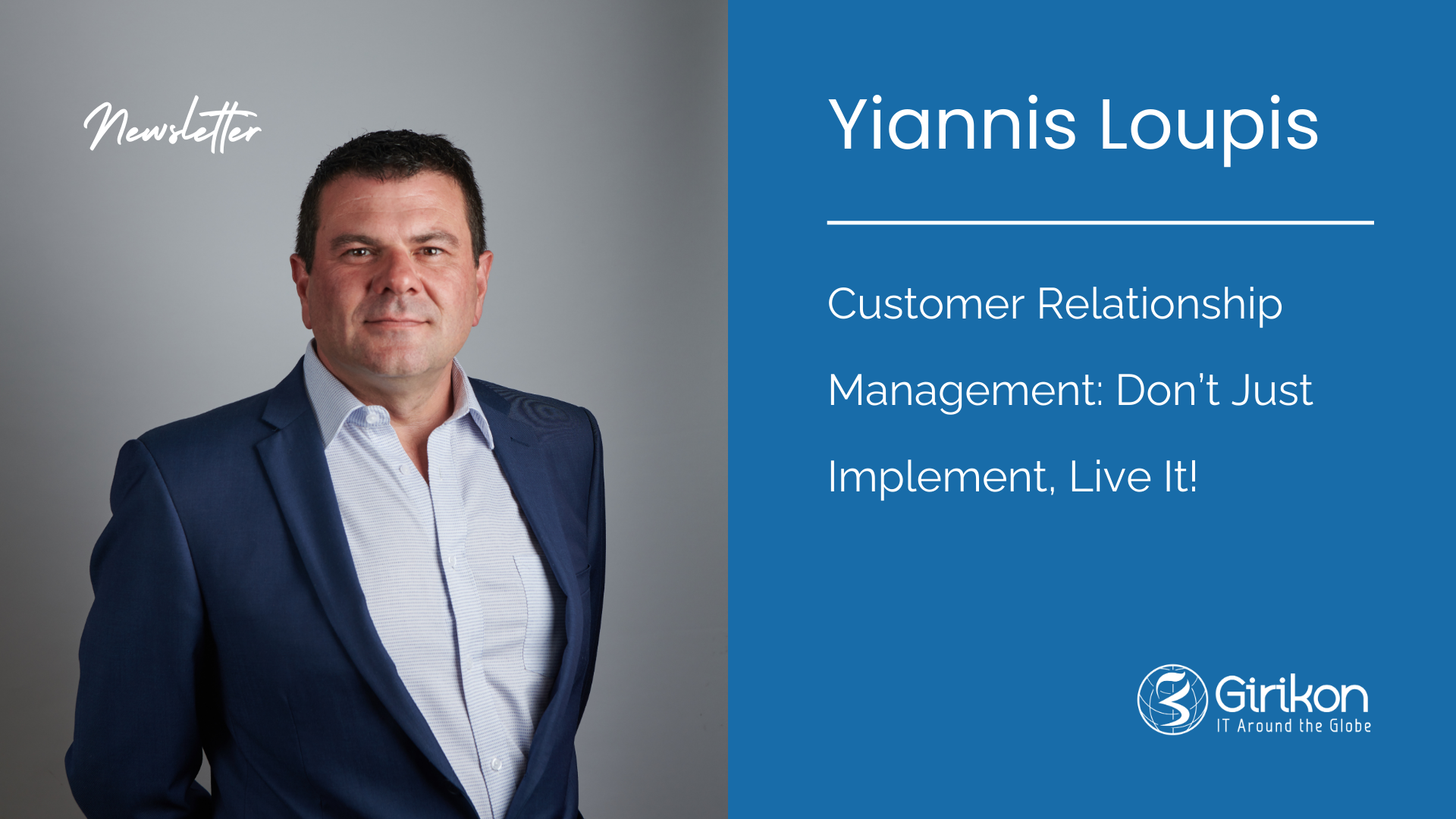
Too often, businesses invest in a powerful CRM platform, launch with excitement, and expect the magic to follow. But once the dust settles, reality kicks in: teams aren’t using the system as expected, customer insights are still fragmented, and no one seems to be getting the value they signed up for.
It’s not because the tool was wrong. It’s because CRM was treated like a product to be installed, not a strategy to be owned and executed.
CRM Isn’t Just Tech, It’s About People, Process, And Purpose
At its core, CRM stands for Customer Relationship Management, not Customer Record Maintenance. Sure, it holds contact info, but it’s also about understanding your customers and delivering consistent, valuable experiences. The way you use your CRM reveals how people, processes, and purpose come together in practice.
It shows how your teams collaborate to make decisions and deliver consistent service and value across every touchpoint. If those foundations aren't clear, no platform will fix them. The platform will end up revealing the gaps or even amplifying the misalignment.
Before any software is selected or any process is mapped, there are a few fundamental questions that should guide the entire journey:
- What kind of experience do we want our customers to have?
- What story should they be able to tell after working with us?
- How should our teams work together to make that experience possible?
- What insights do we need to make better decisions?
When CRM is driven by these questions, it becomes more than a place to track data: it becomes a compass for how your business shows up, serves, and scales.
CRM Should Enable, Not Exhaust
When your CRM strategy works:
- Teams don’t just enter data, they gain insight.
- Customers feel consistency at every touchpoint.
- Business leaders get clarity, not clutter.
- Operations run smoother, not slower.
That doesn’t happen out of the box. It happens when teams have the space to explore what the system can really do. When CRM is your strategy and becomes part of your culture, it is not just your tech stack.
Sometimes, that means hitting pause to reassess the setup. Sometimes, it means cleaning up complexity that was added too quickly. But every time it’s worth it, because when you get it right, the whole business feels the lift.
CRM Strategy Is A Living Thing
CRM isn’t a set and forget initiative project. It’s an evolving strategy that needs to grow and adapt with your business.
Your team structure may shift. A new business unit may be launch. A process you thought was “done” may need to evolve. CRM should flex with all of that, not fight against it.
The best CRM strategies are iterative. They embrace feedback. They build in space for improvement and learning, whether through analytics, staff enablement, or just cleaning up what no longer serves the business.
Strategy Over Complexity
We’ve seen it too often: teams stuck with a tangled web of customisation, overly complicated setups, and underutilised features, all of which are built without alignment to how the business actually operates.
On the flip side, we’ve seen small teams thrive using mostly standard functionality—because they focused on the why, not the wow.
You don’t need the most complex system. You need the most aligned system. And that only comes from collaboration across your people, your processes, and your platform.
If you’re working with Salesforce, HubSpot, or any other CRM platform, now might be a good time to step back and ask:
- Is our CRM helping us serve our customers and other stakeholders better?
- Do our teams feel confident and empowered using it?
- Are we getting insight, or just more data?
The answers are rarely black and white, but the discussion is always worth having.
Thanks for reading. Looking forward to hearing how you're tackling this in your world.

 +61-1300-332-888
+61-1300-332-888 +1-480-382-1320
+1-480-382-1320